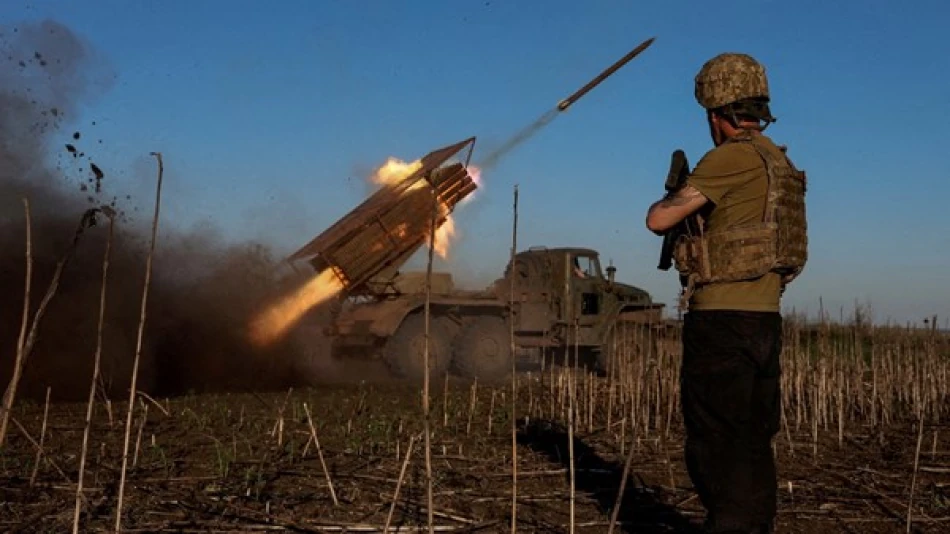
Deadly Strikes Target Russia: Two Fatalities in Recent Attack
Ukraine Escalates Cross-Border Drone Campaign as Russian Air Defenses Face Growing Pressure
At least two civilians died in a Ukrainian drone strike on Russia's Rostov region Saturday, marking another escalation in Kyiv's intensifying campaign to bring the war to Russian territory. The attack, which also caused widespread power outages, comes as Russian air defense systems intercepted 54 drones overnight—highlighting Ukraine's shift toward sustained aerial pressure on border regions.
Latest Strike Targets Critical Border Region
Rostov region governor Yuri Slyusar confirmed the casualties via Telegram, stating that a drone strike in the Zimovnikovsky district ignited a vehicle, killing two people. The attack also knocked out electricity to residential areas after drone debris damaged power infrastructure.
The Rostov region, which borders Ukraine and serves as a key logistics hub for Russian military operations, has become an increasingly frequent target as Ukraine expands its operational reach beyond the immediate battlefield.
Russian Air Defenses Under Mounting Strain
Russia's Defense Ministry reported intercepting 54 drones overnight Friday-Saturday, with 24 shot down over the border region of Bryansk alone. These numbers represent a significant escalation from earlier phases of the conflict, when cross-border drone attacks were sporadic and limited in scope.
The scale of interceptions suggests Ukraine is deploying swarm tactics—launching multiple drones simultaneously to overwhelm air defense systems and increase the likelihood of successful strikes. This approach mirrors strategies used effectively against Russian naval assets in the Black Sea.
Strategic Shift Toward Asymmetric Warfare
Ukraine's sustained drone campaign represents a calculated strategic pivot. Unable to match Russia's conventional firepower, Ukrainian forces are leveraging relatively inexpensive drone technology to achieve multiple objectives: disrupting Russian supply lines, forcing Moscow to divert air defense resources from frontline positions, and demonstrating to Russian civilians that the conflict has consequences beyond Ukraine's borders.
This approach draws parallels to successful asymmetric campaigns in other conflicts, where technologically inferior forces used precision strikes on enemy territory to shift strategic dynamics.
Economic and Military Implications
For Russia, defending against sustained drone attacks presents a costly mathematical problem. Each interceptor missile costs significantly more than the drones they target, creating an unsustainable economic equation if attacks continue at current levels.
The targeting of civilian infrastructure also forces difficult resource allocation decisions. Russia must now protect not only military assets but also power grids, transportation networks, and population centers across hundreds of miles of border territory.
Broader Regional Impact
The escalation in cross-border strikes signals a new phase in the conflict that could have lasting implications for regional security architecture. As both sides demonstrate increasing capability to strike deep into enemy territory, the war's geographic scope continues expanding beyond traditional battlefield boundaries.
This development may accelerate discussions within NATO about enhanced air defense cooperation with border states, while potentially influencing military procurement decisions across Eastern Europe as nations reassess their vulnerability to similar asymmetric threats.
Most Viewed News

 Layla Al Mansoori
Layla Al Mansoori






